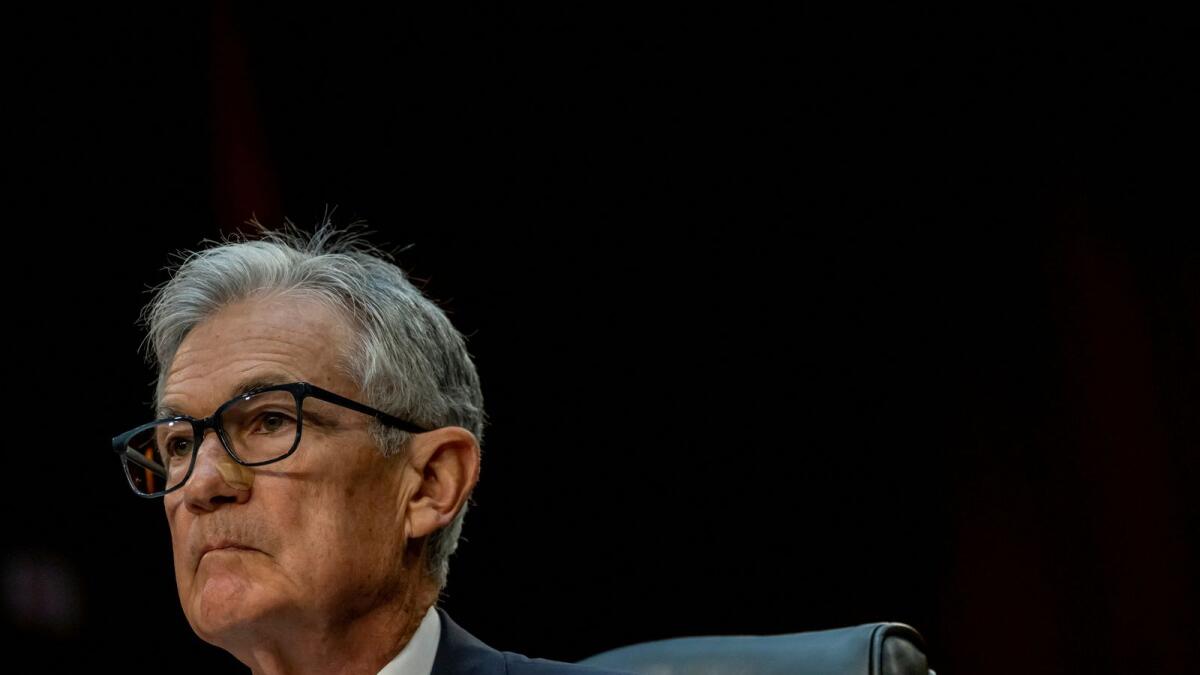Federal Reserve Chair Jerome Powell recently discussed the progress being made in bringing the pace of price increases back to the Fed’s target during a speech at the Economic Club of Washington. He highlighted that the three inflation readings over the second quarter of this year showed positive developments, indicating a step in the right direction. With these encouraging signs, Powell’s remarks are believed to be his last before the Fed’s July 30-31 meeting, where important decisions regarding monetary policy could be made.
In addition to Powell’s comments, other top Fed officials including governors Christopher Waller and Adriana Kugler are also expected to address key issues this week. These statements may provide further insight into the central bank’s thinking at this crucial moment in their deliberations. As inflation approaches the Fed’s 2% target and concerns regarding slowing economic growth and rising unemployment rates mount, policymakers are facing tough decisions on whether to implement rate cuts to support the economy.
With the risks appearing to be increasingly balanced, policymakers may use their final comments prior to the meeting to signal that rate cuts are imminent or explain why current data does not necessitate a shift towards easier monetary policy. There is a growing belief among investors that the Fed will initiate rate cuts in September, and changes to the policy statement in July could serve as a strong indicator of this possibility. By updating how inflation is described and assessing recent data, policymakers can provide clarity on whether the era of pandemic-induced inflation is coming to an end.
As the Fed prepares for its upcoming meeting, the focus is on striking the right balance between supporting economic growth and managing inflation. Powell’s positive remarks on the progress made in addressing inflation are a hopeful sign, but the central bank must carefully consider the potential impact of rate cuts on the overall economy. The decisions made at the meeting will have far-reaching implications for businesses, investors, and consumers, as they determine the direction of monetary policy in the coming months. It remains to be seen how the Fed will navigate the challenges ahead and respond to the evolving economic landscape.











